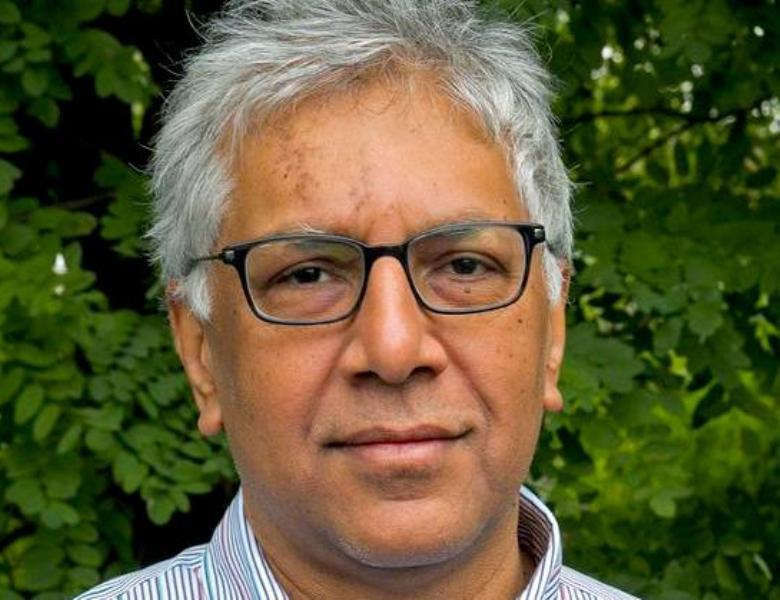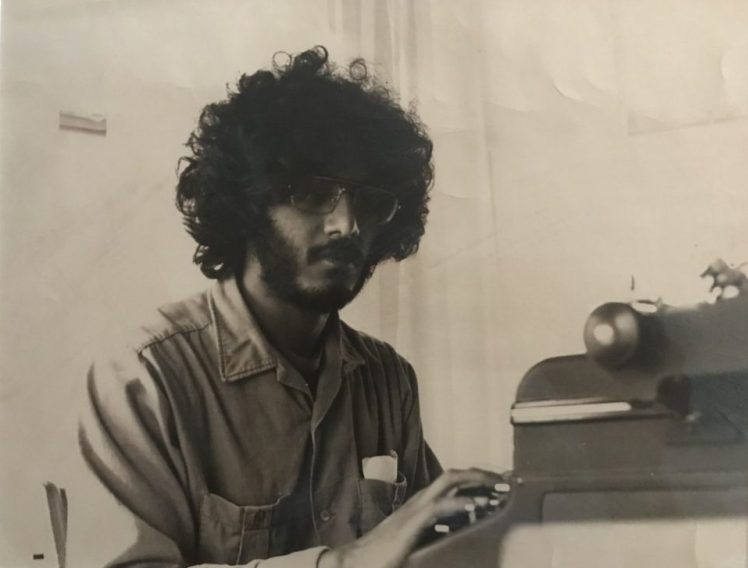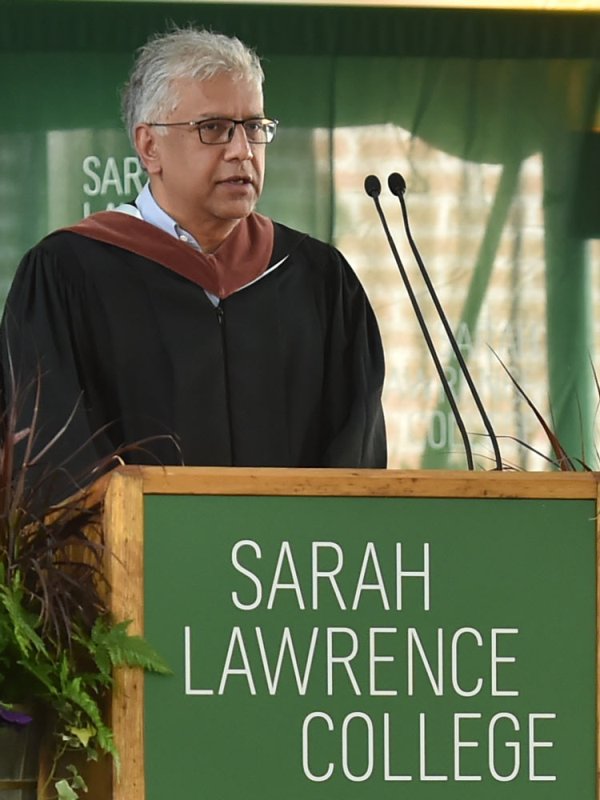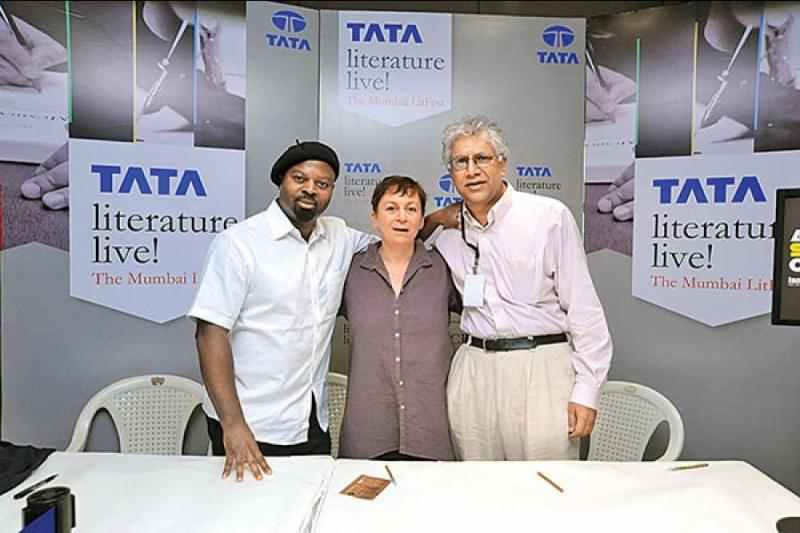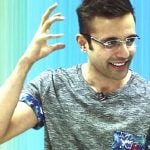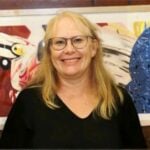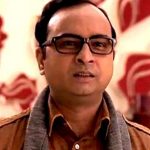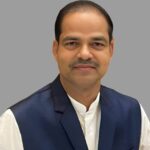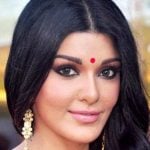Vijay Seshadri Age, Wife, Family, Biography & More
| Bio/Wiki | |
|---|---|
| Profession(s) | • Poet • Essayist • Literary critic |
| Physical Stats & More | |
| Eye Colour | Black |
| Hair Colour | Black |
| Career | |
| Debut | Anthology (poet) Wild Kingdom (1996) |
| Awards, Honours, Achievements | • The James Laughlin Prize of the Academy of American Poets for his poem The Long Meadow (2003). • In 2014, he won the Paris Review's Bernard F. Conners Long Poem Prize. • In 2004, he received the Guggenheim Fellowship. |
| Personal Life | |
| Date of Birth | 13 February 1954 (Saturday) |
| Age (as of 2023) | 69 Years |
| Birthplace | Bangalore, India |
| Zodiac sign | Aquarius |
| Signature | 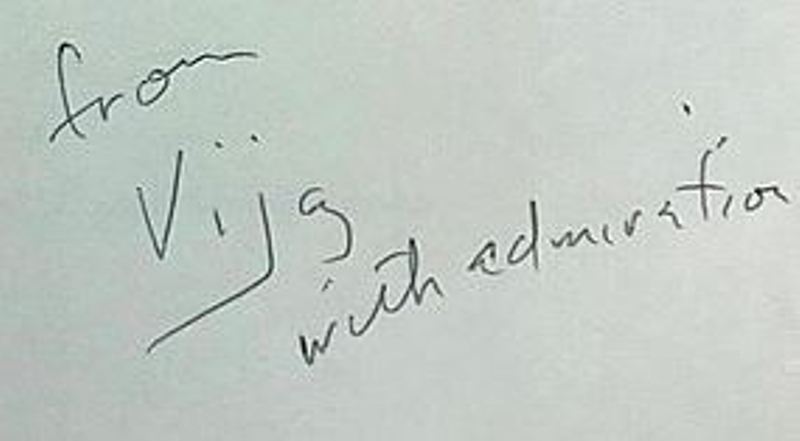 |
| Nationality | American |
| Hometown | Columbus, Ohio |
| College/University | Oberlin College, Ohio |
| Educational Qualification | Bachelor of Arts at Oberlin College |
| Religion/Religious Views | Atheist In an interview, he talked about his religion and claimed that he was not raised as per the norms of a particular religion. He said, I was raised by a scientist. My father was a chemist. I mean, I was raised by people who had achieved a purity that went beyond religion. If I were religious, I would probably embrace something that is essentially pantheism, but has strong Christian elements to it. Because I’ve grown up in a Christian context for so long, it’s so natural to me to frame narrative in that way. But there is no religion that actually is like that." [1]Open Magazine |
| Relationships & More | |
| Marital Status | Married |
| Family | |
| Wife/Spouse | Suzanne Khuri |
| Children | Son- Nicholas Daughter- None |
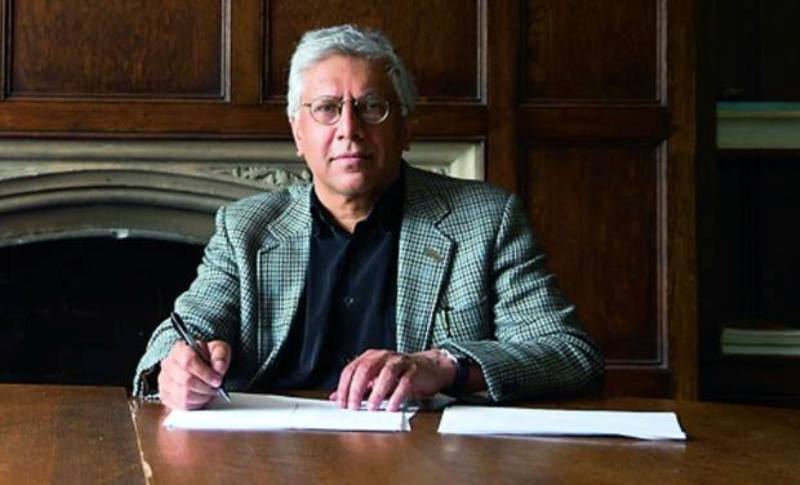 Some Lesser Known Facts About Vijay Seshadri
Some Lesser Known Facts About Vijay Seshadri
- At age 5, he moved to Columbus, Ohio, with his family from Bangalore, India.
- Vijay Seshadri’s parents wanted him to become a mathematician. He began his college studies in mathematics but later changed to philosophy.
- He enrolled in a Middle Eastern studies doctoral program and went to Pakistan to learn Urdu and Persian. Initially, he planned to stay for a year but left after just four months without completing his doctorate. While in Pakistan, he discovered his passion for poetry and decided he wanted to be a poet instead of an academic.
- At the age of 16, he skipped two grades, and this was the time he started writing poetry. Vijay began writing poetry at 16 and started his first novel at 20. While focused on the novel, he stopped writing poetry.
- After finishing college, Vijay was influenced by the counterculture movement in America and joined it. In 1974, he drove a truck for a wholesale book company in Oakland, delivering books to college bookstores across the Bay Area, Peninsula, and Valley.
- He did this job for a year before hitchhiking to the San Francisco Bay area. There, he worked as a bicycle messenger and started a floor-finishing business. In 1977, he relocated to Newport and worked in the fishing industry for five years, during which he wrote a novel. In 1982, he moved to New York to pursue a writing career.
- After the novel didn’t do well, he returned to poetry. His first poem was published in 1985 in The Threepenny Review. Six years later, in 1996, he published his first book of poems while working as a copy editor at The New Yorker at age 42.
- He gained recognition when his poem “The Disappearances,” which reflects on John F. Kennedy’s assassination, was featured in The New Yorker.
- Vijay has written several poems, such as “Wild Kingdom” (1996), “That Was Now, This Is Then” (2020), “The Long Meadow,” and “The Disappearances.”
- After editing for The New York Times for seven years, he became a professor at Sarah Lawrence College. There, he taught classes on ‘Non-Fiction Writing,’ ‘Form and Feeling in Nonfiction Prose,’ ‘Rational and Irrational Narrative,’ and ‘Narrative Persuasion.’
- Seshadari’s poems like “Rereading” (2012), “Visiting Paris” (2010), and “Thought Problem” (2009) appeared in The New York Times.
- He’s the first poetry editor of South-Asian descent at Paris Review. Seshadri has received grants from the New York Foundation for the Arts, the NEA, and the Guggenheim Foundation.
- Vijay Seshadri has participated in various literary events, such as the Jaipur Literature Festival and the Tata Literature Festival in Mumbai.
- In an interview, Seshadri discussed how Indian mythology and stories have influenced his writing. He said,
What reading Indian mythology gave me was a taste for the imaginative and the fantastic. Indian stories are so imaginative, so wild. Like the stories from the Bhagavata Purana. I’ve always had an attraction for the imaginative, even among writers. like Flaubert’s God, Eliot is everywhere present in his work but nowhere apparent.”
- His poems are published in many popular magazines and newspapers including A Public Space, AGNI, The American Scholar, Antaeus, Bomb, Boulevard, Epiphany, Fence, Field, Lumina, The Nation, The Paris Review, The Philadelphia Inquirer, Ploughshares, Poetry, The San Diego Reader, Shenandoah, The Southwest Review, The Threepenny Review, the Times Book Review, TriQuarterly, Verse, Western Humanities Review, The Yale Review.
- According to Vijay, it was one day in his fishing experience during his counterculture days that brought him clarity and motivated him to start writing. In an interview, he described that day and said,
It was dangerous work in a small boat on the ocean a masculine environment, set apart from the rest of the world. The waves were cresting at 40 feet. It was gusting up to 90 knots. I went up to the bridge and looked at the chaos. I thought, ‘I am an Indian; what am I doing here?’ I had a vision of life in nature, a very American idea, and I had attempted to live this vision. But it was a borrowed vision. It was not mine.”
References/Sources:

